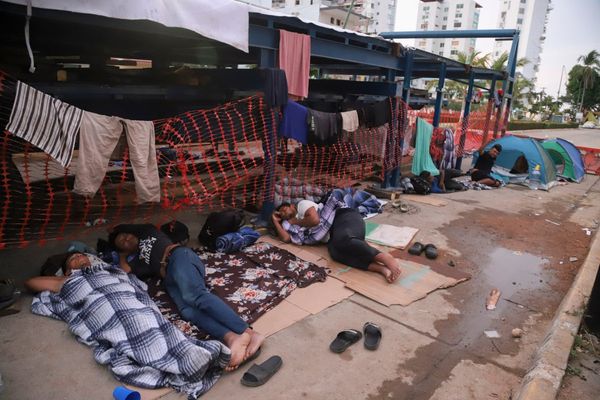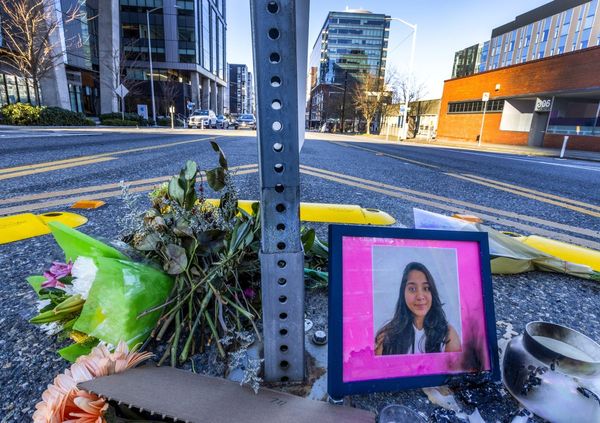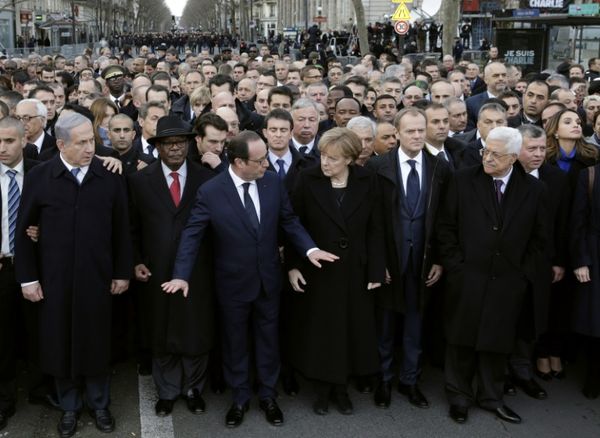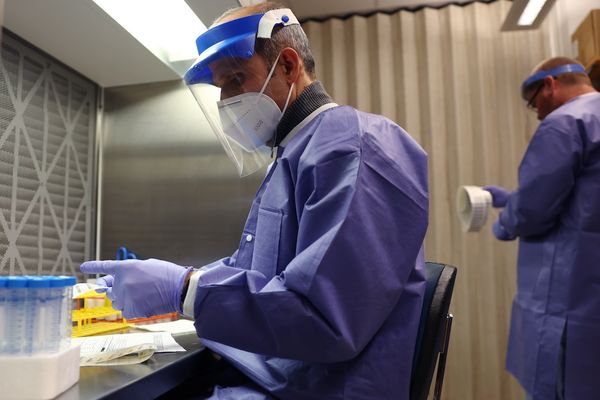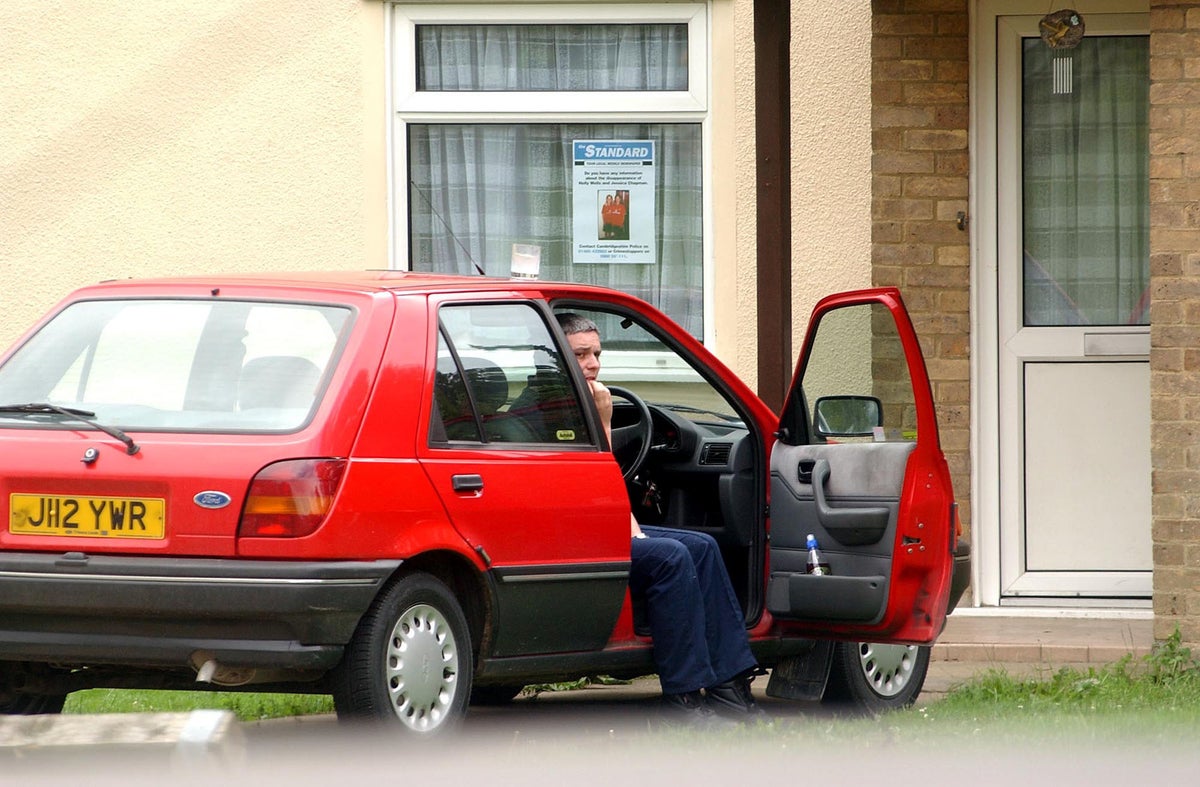
The moment Soham murderer Ian Huntley’s then girlfriend Maxine Carr displayed a poster of missing schoolgirls Holly Wells and Jessica Chapman at their home remains “an indelible image” 20 years later, the journalist who offered them the poster has recalled.
The 10-year-olds were killed by Huntley after they went missing from a family barbecue in Soham, Cambridgeshire, on August 4 2002.
The 48-year-old former school caretaker is serving a life sentence for the murder of the girls, whose bodies were found near an airbase at Mildenhall in Suffolk after a two-week hunt.
Carr was sentenced to three-and-a-half years in prison in 2003 after being found guilty of conspiring to pervert the course of justice for giving him a false alibi.
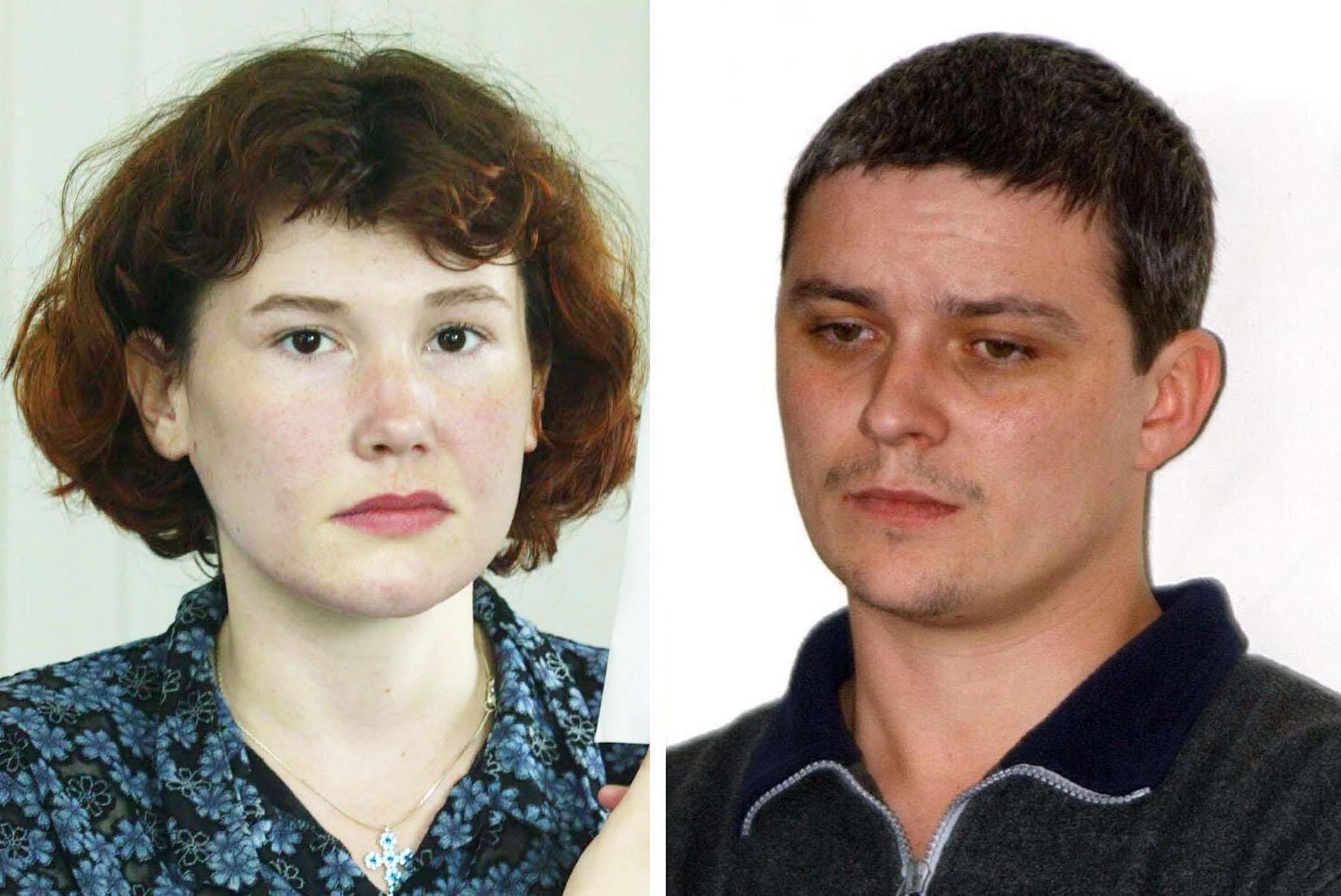
Local reporter Debbie Davies, then deputy editor of the Ely Standard, recalled distributing posters made by the newspaper around Soham four days after the girls were last seen.
The posters had a photo of Holly and Jessica wearing Manchester United shirts, taken on the day they disappeared, and text asking people to contact Cambridgeshire Police if they had information.
Miss Davies, 62, said she knocked on the door of the home shared by Huntley and Carr, with Carr answering the door and taking a poster, then promptly putting it up in their front window.
The journalist said that at the time there was still hope for the girls and she was pleased that former teaching assistant Carr had displayed the poster.
But she said she felt “sick” when it later emerged that, at the time Carr displayed the poster, Huntley had already murdered the girls.
“Of course at the time I was just ‘Oh, great, she’s put the poster up’,” she said.
“It’s only obviously since then that I’ve thought about the horrors of what went on in that house and the poster was there and the Manchester United T-shirts, I believe, were already in their bin outside – that’s where they were found later.
“A horrible moment that was only revealed in the course of time.”
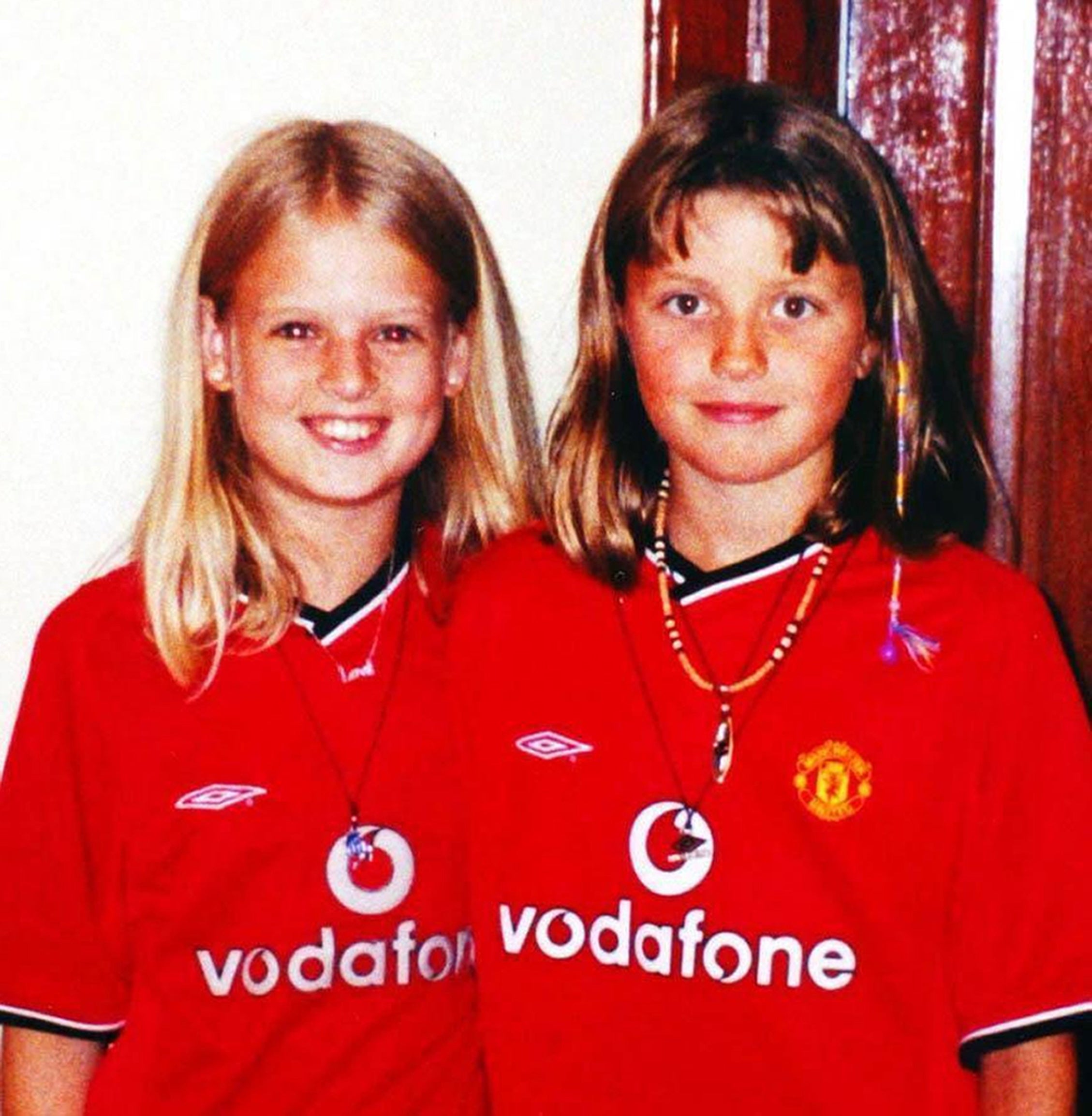
She said she was “surprised” that Huntley “never did go and take the poster down”.
“Every time he came out of the house then went back into the house the poster would have been staring at him,” she said.
“It’s not just it’s a poster – it’s that image of the girls in their T-shirts that he would have seen that Sunday evening as they walked along the road, they came towards him… We assume he was outside the house or he came outside of the house.
“That’s the image he would have seen, the image of the girls in the T-shirts, smiling and happy, is the image he would have seen as they walked towards him that night and it’s that juxtaposition of what happened.
“Of the T-shirts already being burnt in a bin.
“The fact the girls were laying in a shallow grave, and he knew that, and every time he saw that poster he knew what had happened.
“That still now is difficult for me to wrestle with, and I can never understand what was going on in his head.
“I’m just surprised he never did go and take the poster down.”
She continued: “Maybe it was all part of their kind of cover-up and them still wanting to present themselves as upstanding members of the community and wanting to be helpful and maybe Maxine thought that was a way of doing that and presenting themselves in that way.”
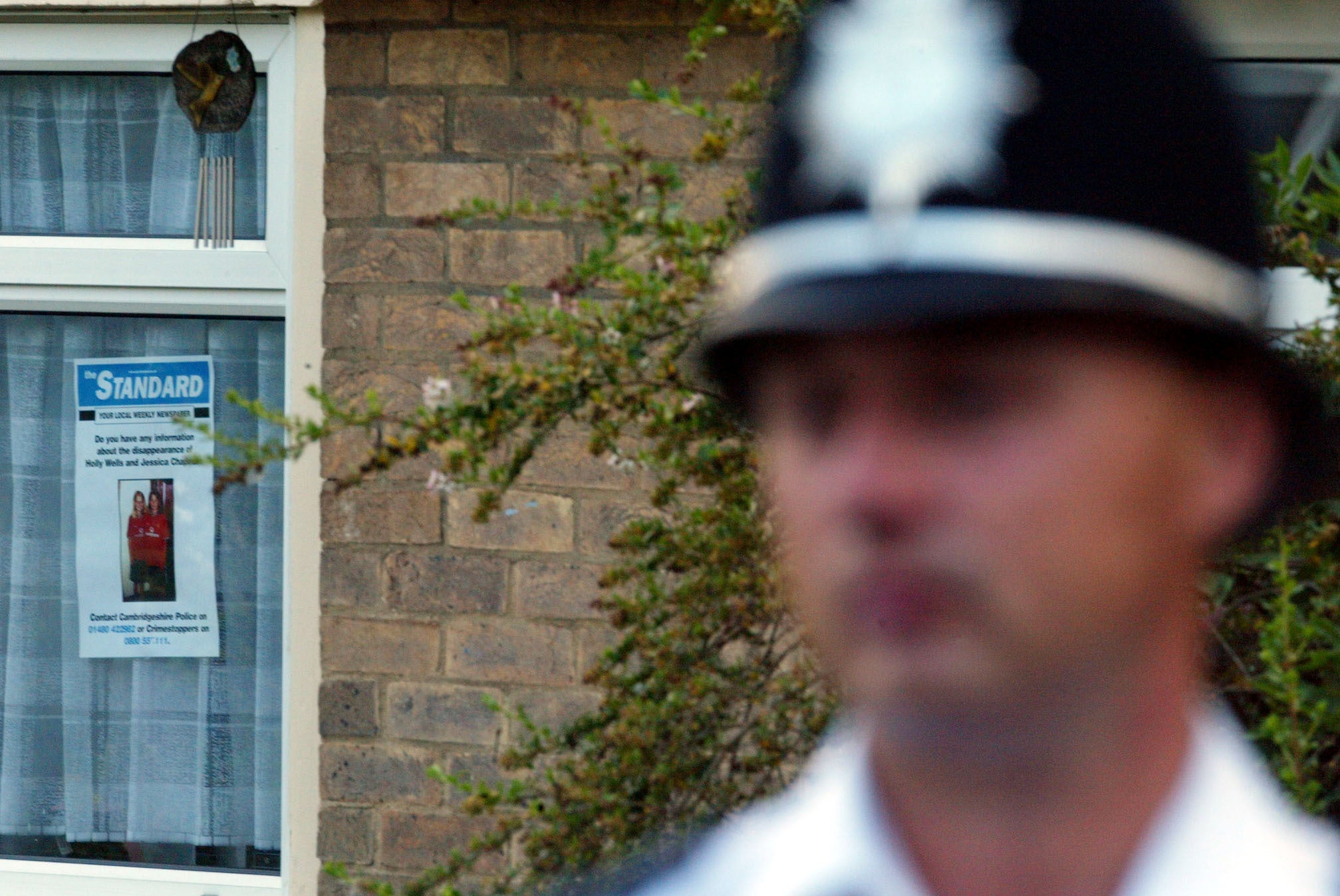
Miss Davies believes she may have decided to knock on their door because their home was beside a walkway and “an ideal place to have a poster”.
The reporter said Carr answered the door but “shut (her) down pretty quickly” when she asked to chat.
“She said ‘No, no, we’re fed up with all of this, we don’t want to talk to any more journalists’,” Miss Davies said.
“I said ‘OK. Well, I’ve got some posters here. Would you put up a poster for me? I just thought this was probably quite a good place to have a poster’.
“She said she would, and then she took the poster from me.
“Because she had been a bit off and a bit dismissive I thought maybe she won’t even put the poster up.
“As I walked back down her path I turned round and I looked and she had gone from the front door to the living room and she had put the poster up immediately.
“She put it up in the living room window.
“It’s one of those moments in my life that’s like an indelible image, if you like, of her standing there with that poster and the poster staring out at me.”
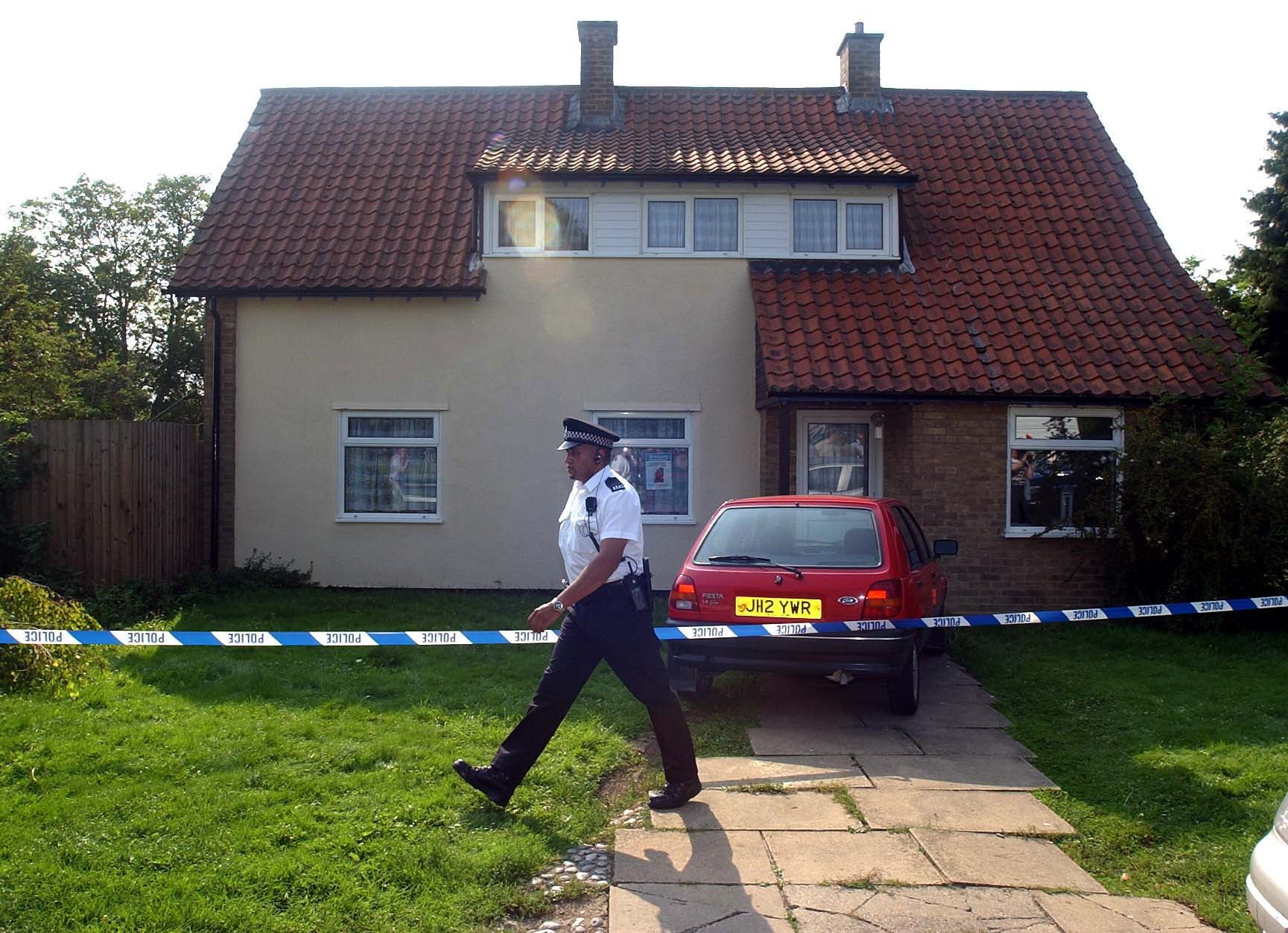
Miss Davies said she still has the image of “standing at the end of that path of that house and looking back and feeling really pleased that Maxine had put that poster in the window, then afterwards just that sick feeling”.
“There was still hope at that time, that’s why we made the poster,” she said.
“Four days in we still hoped they might be shut in somewhere, there might be an explanation.
“Hope was fading but we still hoped they might have been found.
“Obviously they knew there was no hope and that’s horrific to think about that.”
Miss Davies said she now has two granddaughters who are around the same age as Holly and Jessica were when they were murdered by Huntley.
“I think my natural fear sometimes drifts into something else, that I make somebody extremely fearful and frightened that that’s how easy it can happen,” she said.
“I try not to make them frightened but I think it’s had more of an impact maybe now I have something much more relatable, that I have two little girls of the same age that are kind of happy and innocent and at that age where they just want that little bit of freedom.”
